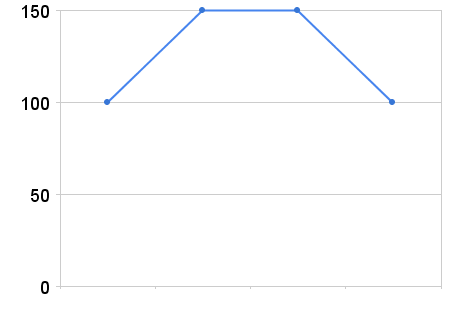Dollar cost averaging in a down market
Post on: 13 Август, 2015 No Comment

This investment technique may help you take advantage of the downturn
October 22, 2008 — The central idea: buy low, and sell high. It’s the oldest stock market adage, and in the wake of the recent selloff, dollar cost averaging may give you a method to capture lower prices today and come out ahead tomorrow.
How it works. Dollar cost averaging is a long-term investment strategy. It means investing in small increments. Through scheduled investments of as little as $50 or $100 per month, you buy investment shares over time, as opposed to pouring a big lump sum into the market. The method is often recommended to younger investors with longer time horizons, and investors who don’t yet have great wealth.
Why it is worthwhile in a bear market. First of all, when the market drops, the investor practicing dollar cost averaging isn’t hurt as much as the lump sum investor – as the lump sum investor holds many more shares of the declining fund or stock.
Second, a stock market downturn produces a kind of clearance sale environment. Picture Wall Street as a department store, with signs everywhere announcing 20% or 30% off. You have a chance to buy into some top-quality companies on sale. As a consequence of dollar cost averaging, you can now buy in at a lower price – and buy more shares for your money.
So what happens when the market recovers? As the market rebounds, you can pat yourself on the back. You were able to buy big at the bottom of the market, and as the market rises, you will have a lower cost basis and you can enjoy the associated gains. All the while, you continue contributing to a winning fund or stock. (Of course, the fact is that a lump sum investor may profit even more from a market rebound, as he or she may hold comparatively more shares than you.)
Perhaps most importantly, you stay invested. Dollar cost averaging gives you a regular, passive investment strategy as opposed to market timing. In a volatile market, the active investor can quickly become a frustrated casualty of his or her impulses – and foolishly abandon ship.
You might call this a tortoise-and-the-hare analogy. The active investor sprinting all over the place for spectacular gains is the hare; you, through dollar cost averaging, emulate the tortoise. It may not be the sexiest way to invest, but in a down market, it is a long-term approach well worth considering.
Learn more. We have witnessed a huge downturn in stocks. The question is … how are you positioning yourself to take advantage of the markets when things rebound? This is a good time to meet with a financial advisor – to review or rebalance your portfolio, to look past the headlines of the moment and toward your long-term objectives. If you’re not currently practicing dollar cost averaging, you may want to talk about the concept with your advisor.
Loran S. Coffman is the founder of Wealth Preservation Strategies, LLC and may be reached on the web at www.WPSinvestments.com. by phone (248) 693-5599, or by email advisor@WPSinvestments.com. See The Science of Financial Health, Coffman’s exclusive weekly financial column on the web every Wednesday at www.LakeOrionReview.com.
Loran S. Coffman CPhD, RFC, is a guest columnist for The Review offering financial insights.














